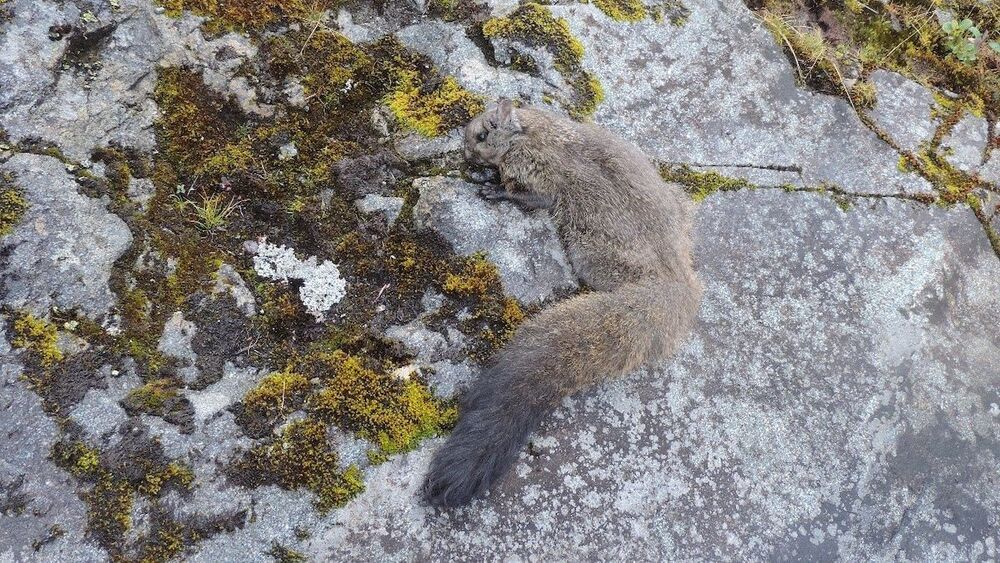Biopesticide might become safer alternative to existing treatments.
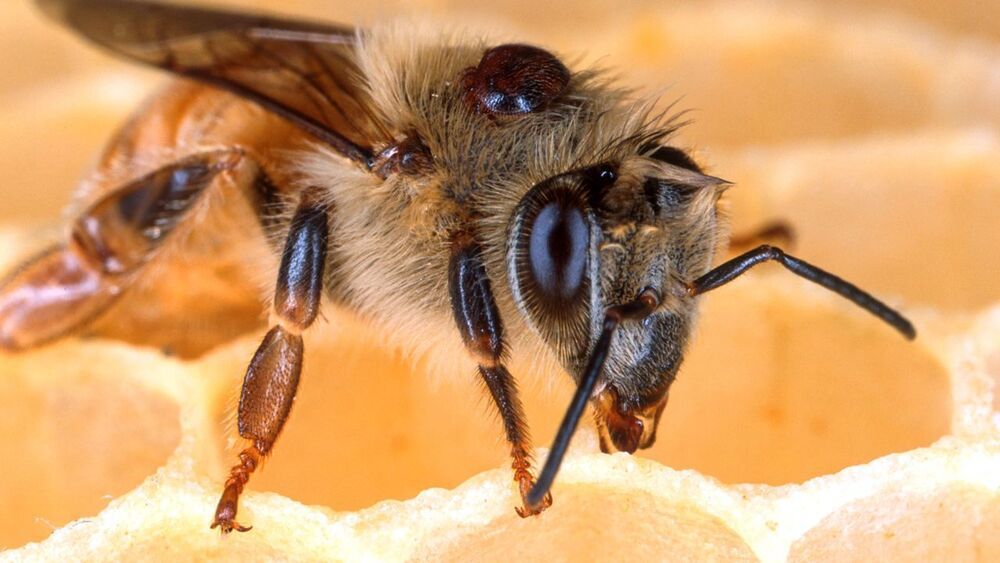

Biopesticide might become safer alternative to existing treatments.

A new study has revealed that humans — along with all other mammals and reptiles — have the capability of producing venom. The study, published on Monday (March 29) in the journal Proceedings of the National Academy of Sciences, said humans apparently have a “tool kit” to produce venom.
According to a report in Live Science, humans already produce a key protein used in many venom systems.
It said kallikreins, a kind of protein that digest other proteins, are secreted in saliva and are a key part of many venoms. They are a natural starting point for theoretically venomous humans.

Could this be the future of pizza?
Simply log onto the pizza maker’s mobile application, input the number and type of pizzas you want, and the machine will do the rest of the work.

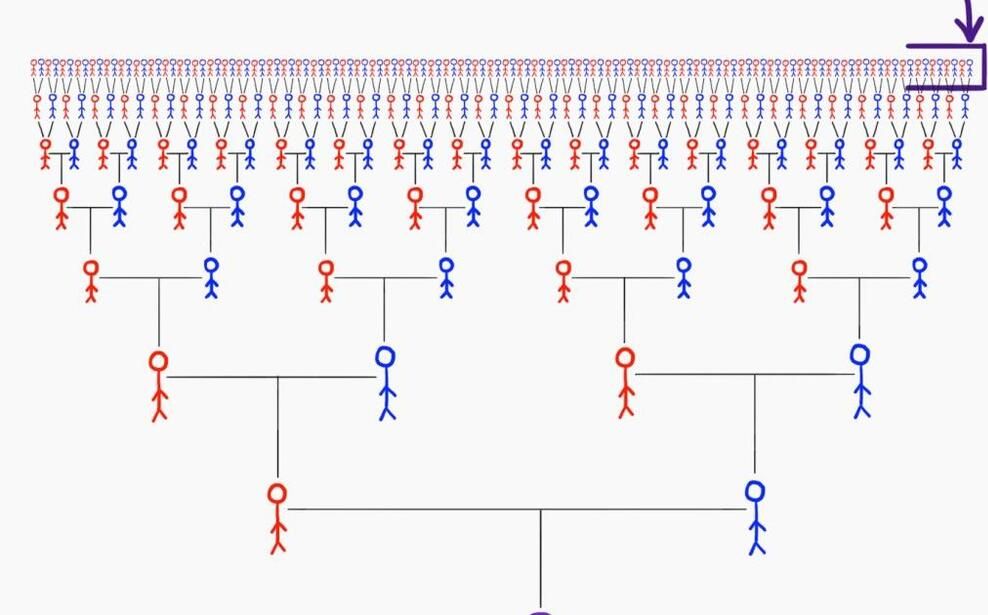
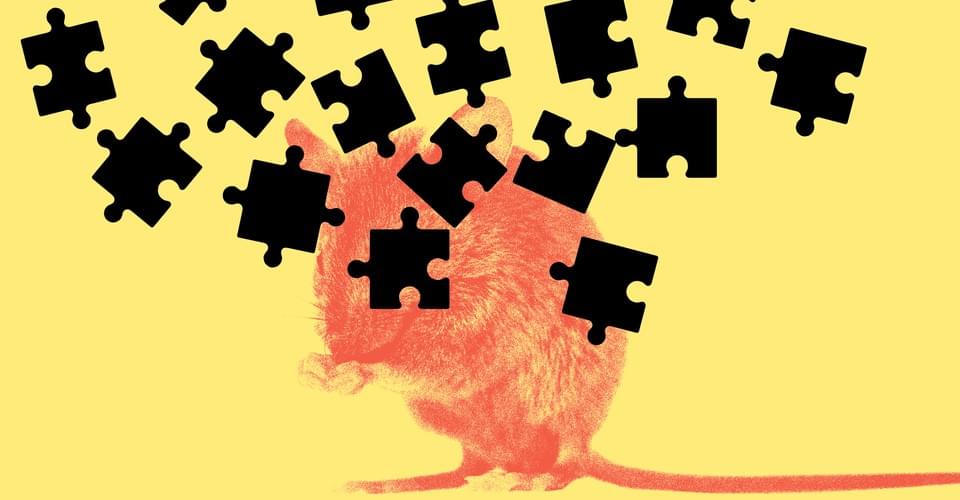
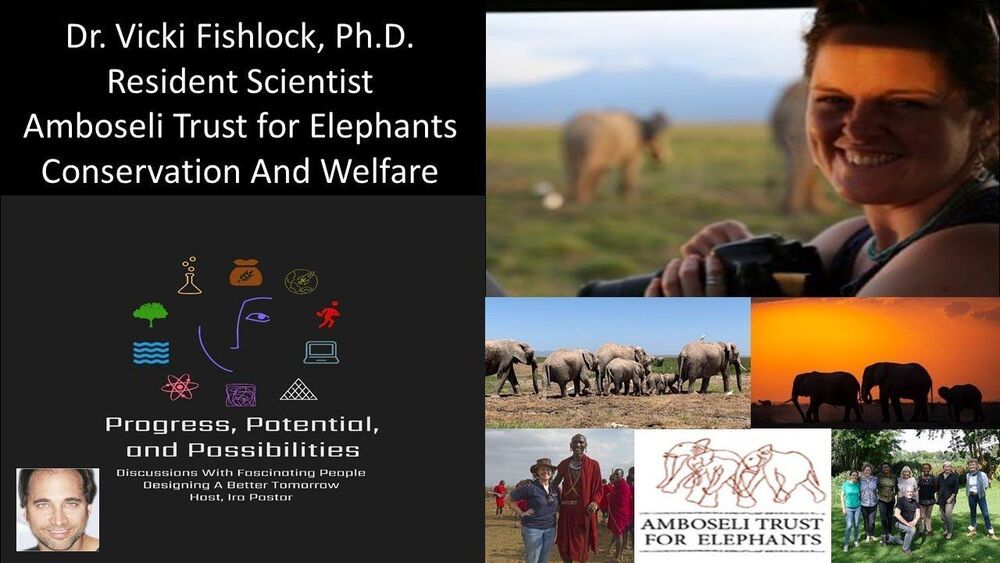
50+ Year Study Of The Life Cycle, Conservation And Welfare Of Africa’s Elephants — Dr. Vicki Fishlock, Ph.D., Resident Scientist, Amboseli Trust for Elephants.
Dr. Vicki Fishlock Ph.D. is a Resident Scientist, at The Amboseli Trust for Elephants (https://www.elephanttrust.org/), an organization that aims to ensure the long-term conservation and welfare of Africa’s elephants in the context of human needs and pressures, through scientific research, training, community outreach, public awareness and advocacy, and which is involved in the longest-running study of wild elephants in the world.
Dr. Fishlock joined The Amboseli Trust for Elephants (ATE) in January 2011 to study social disruption and recovery in elephant families after the terrible 2009 drought. Her work focuses on leadership and negotiation in the face of risk, as well as the very long-term social dynamics.
Prior to working at ATE in Kenya, Dr. Fishlock studied Western gorillas and forest elephants in the Republic of Congo, where she earned her Ph.D. under the supervision of Prof. Phyllis Lee, examining the use of forest clearings as social arenas for elephants.
Dr. Fishlock previously graduated with first class honors in Zoology from the University of Edinburgh. After graduation, she worked as a research assistant at Chester Zoo on behavioral and hormonal indicators of welfare in captive orangutans.
Dr. Fishlock is also an Honorary Research Fellow at the University of Exeter.


Echolocation for humans. Original post https://journals.plos.org/plosone/article…
With enough training, most humans can learn how to echolocate, using their tongue to make clicking sounds, and interpreting the sounds of the echoes that come back, reflected from the surrounding environment.
In as few as 10 weeks, researchers were able to teach participants how to navigate obstacles and recognize the size and orientation of objects using the rebounding calls of their clicks. The experiment involved 12 participants who’d been diagnosed as legally blind during their childhood, and 14 sighted people.
Echolocation is a skill we usually associate with animals such as bats and whales, but some blind humans also use the echoes of their own sounds to detect obstacles and their outlines. Some use the tapping of a cane or the snapping of their fingers to make the necessary noise, while others use their mouths to make a clicking sound.
